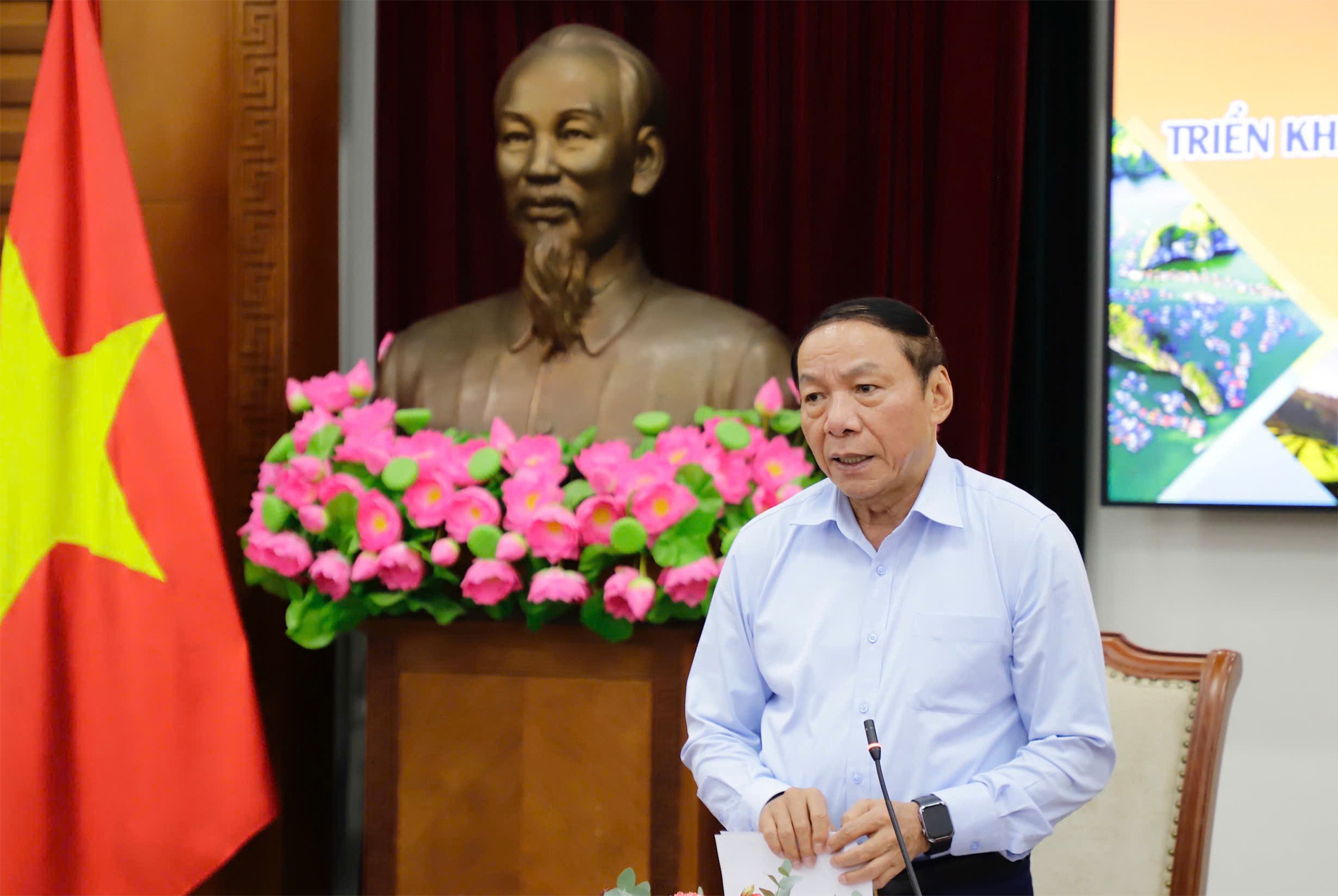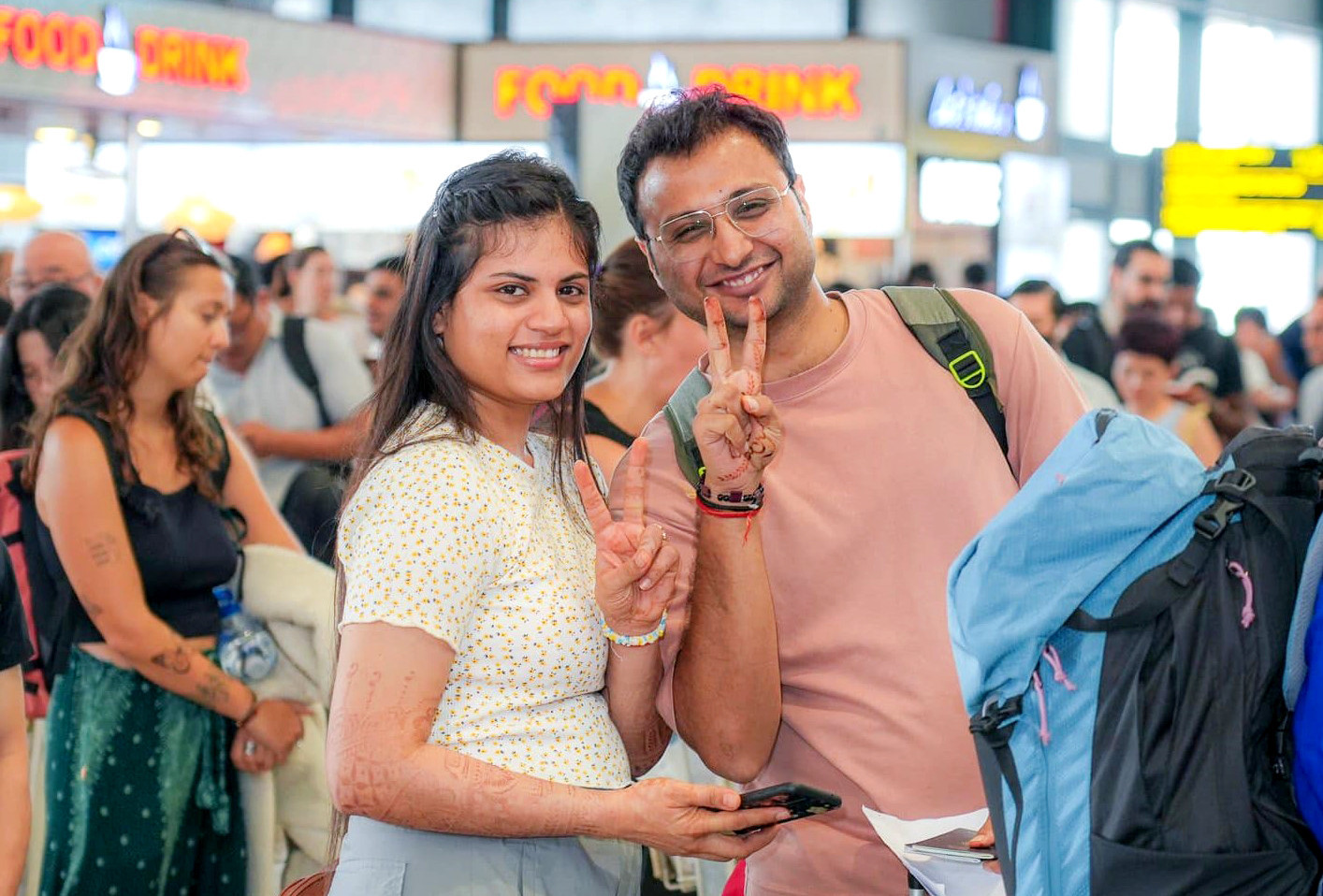Vietnam’s tourism industry is witnessing a surge, with over 10.6 million international visitors in the first half of 2025 - a 20.7% increase from the same period last year - marking the highest 6-month performance in years, according to Nguyen Trung Khanh, Head of the Vietnam National Authority of Tourism.
Domestic tourism also performed well, with 77.5 million arrivals, up 8.5%, generating a total tourism revenue of approximately 518 trillion VND (around $20.3 billion USD).

At the national online conference on July 9, Minister of Culture, Sports and Tourism Nguyen Van Hung emphasized that tourism must be a pillar of economic growth, especially as the government targets 8% GDP growth in 2025 and double-digit figures in coming years.
He reaffirmed the sector’s ambitious goals for the year: 22–23 million international arrivals and over 120 million domestic travelers. To achieve this, Minister Hung called for the tourism sector to “pick its breakthroughs” and accelerate efforts to position Vietnam as a top Asian destination.
Re-mapping tourism amid administrative change
Vietnam’s recent provincial mergers, which reduced the number of provinces to 34, have significantly altered the national administrative landscape. Minister Hung believes this opens up new tourism spaces and calls for a fresh national tourism map - one that not only reflects geographical changes but also leverages sustainable development and cultural identity.
Importantly, he clarified, “redrawing the tourism map” does not mean discarding existing assets, but rather reapproaching them through the lens of integration and long-term cultural preservation.

For example, after the Gia Lai–Binh Dinh merger, the new province now boasts both Central Highlands landscapes and coastal gems like Ghenh Rang. Similarly, the expanded Quang Tri–Quang Binh area now combines Phong Nha–Ke Bang National Park, historical war sites, and natural coastal beauty, offering rich storytelling potential.
Tourism, said the minister, must become an “inspirational economy” - where emotional resonance and deep cultural experiences matter as much as sightseeing. Travelers today seek not only beauty, but also meaning - and will return only if touched emotionally.
Policy alignment and product innovation
Minister Hung also urged a review of central and provincial tourism strategies to align with the new structure. Vietnam’s tourism must now pivot toward interconnected, culturally rich experiences, building products with scale and depth to attract high-spending travelers.
Vietnam currently averages $1,500 USD per international tourist. “Our aim is to push this up to $2,000,” Minister Hung stated, focusing on deeper value per visitor.
Ten priority international markets have been identified for marketing: South Korea, China, Japan, the US, Australia, the EU, ASEAN countries, India, and the Middle East. The strategic mantra: “Market at the center, brand as the foundation.”
Tourism products must now be more differentiated, competitive, and culturally distinct. New provinces are expected to prioritize product innovation that stands out regionally and globally.
Local plans taking shape
Dang Huong Giang, Director of Hanoi’s Department of Tourism, called for each region to prioritize its strengths and develop specialized, high-quality offerings.
In Ho Chi Minh City, tourism authorities identified three new growth pillars post-merger:
Urban core: MICE tourism, trade fairs, exhibitions
Marine and eco-tourism: Luxury yacht projects in Ba Ria–Vung Tau, and mangrove tourism in Can Gio
Industrial tourism: High-tech parks and logistics tours in Binh Duong
Vietnam’s tourism sector is now entering an acceleration phase, driven by bold structural changes and record-breaking performance. The re-mapping initiative is seen as a transformative effort to redefine national tourism zones, build cross-regional tourism chains, and elevate the country's international standing through cultural and emotional storytelling.
By rethinking spatial planning, market targeting, and product development, Vietnam is setting the stage for a breakthrough decade in tourism.
Ngoc Ha